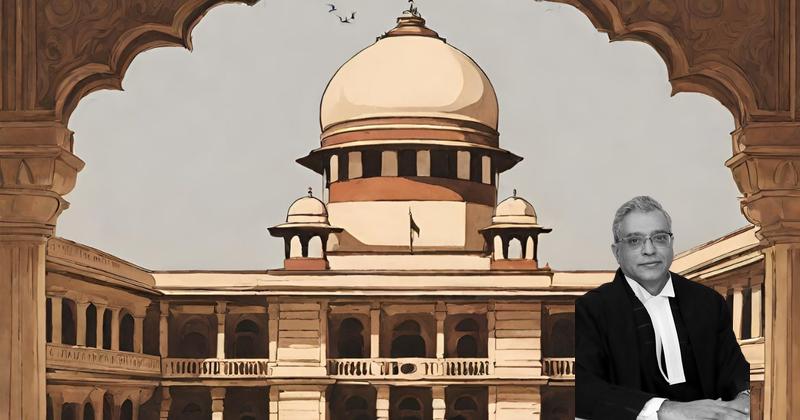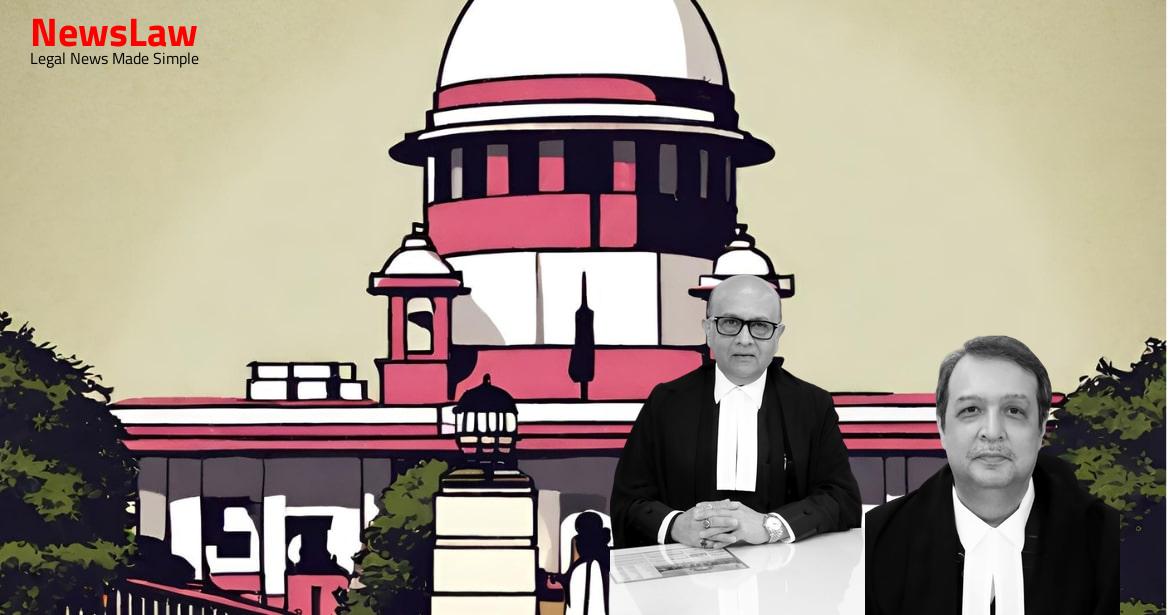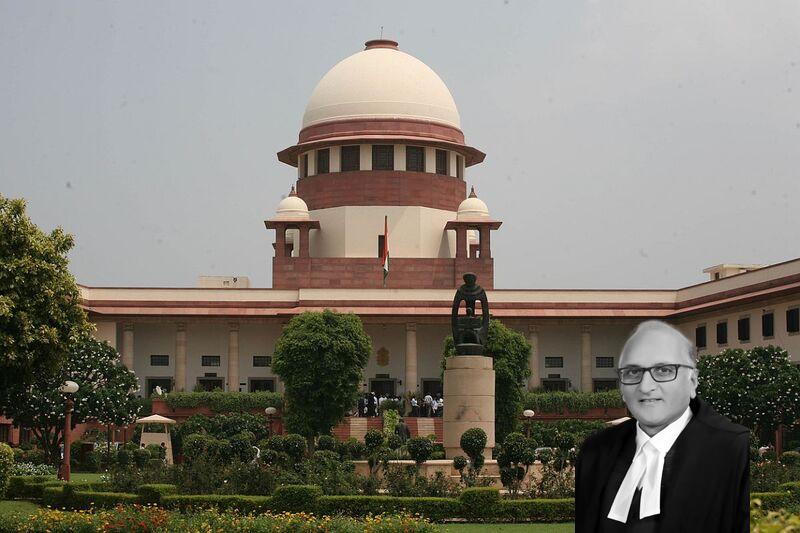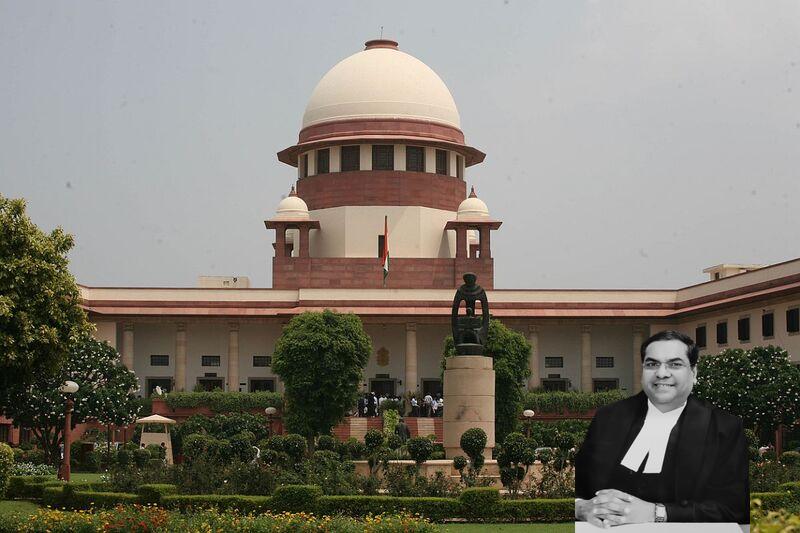The High Court has upheld the order of conviction and sentence, as against Darshan Singh (the appellant) and has allowed the appeal of Rani Kaur (Accused No 2), thereby acquitting her of 2 all charges.
On these allegations, Darshan Singh and Rani Kaur were prosecuted for charges under Section 302 r/w Section 34 IPC. It further held that the appellant and Rani Kaur were present in the house on the intervening night of 18.05.1999 and 19.05.1999 and therefore, the burden lay on them to explain as to ‘ how the body of Amrik Kaur who was alive on the night of 18.05.1999 turned into a corpse ’ the next morning. She has made several improvements in her version, and her testimony suffers from several contradictions, and therefore, it is not safe to rely on such a witnesses’ uncorroborated testimony. According to Modi, symptoms and signs of poisoning by aluminium phosphide are similar to poisoning by zinc phosphide (p. Phosphine released from zinc phosphide (rat poison) and from aluminium phosphide, is mainly used as a fumigant to control insects and rodents in foodgrains and fields. The learned authors have noticed the aluminium phosphide having emerged as a major health problem in northern India when these cases first started coming in 1984 and hardly any literature being available earlier on this malady. Somehow these patients remain conscious till the end and continue to pass urine despite unrecordable blood pressure. However, ALP on account of its very pungent smell (which can drive out all inmates from the house if left open) cannot be taken accidentally.” 7 6.3 It was also argued that the courts below have failed to give sufficient weight to the evidence led on behalf of the defence, in particular, the testimony of DW3 and DW4.
The circumstances relied on include -– (1) Motive; (2) Presence of the appellant at the scene of crime; (3) Cause of Death: By Poisoning (4) Opportunity to administer poison; (5) Conduct (6) False explanation in 313 Statement.
Merely remaining quiet or offering a false explanation would provide an additional link in the chain of circumstances to make it complete. Let us, therefore, examine whether the prosecution had proved beyond reasonable doubt, the entire chain of circumstances, not leaving any link missing for the appellant to escape from the clutches of law.
According to the case of the prosecution, the illicit relationship that existed between Darshan Singh and Rani Kaur served as the key motive for them to jointly eliminate the deceased. The fact that they were in an illicit relationship has been sufficiently proved from the testimony of PW 2, PW 3 and PW 4.
Also Read: https://newslaw.in/supreme-court/consolidation-of-firs-in-multi-state-fraud-case/
Where an offence like murder is committed in secrecy inside a house, the initial burden to establish the case would undoubtedly be upon the prosecution, but the nature and amount of evidence to be led by it to establish the charge cannot be of the same degree as is required in other cases of circumstantial evidence. The inmates of the house cannot get away by simply keeping quiet and offering no explanation on the supposed premise that the burden to establish its case lies entirely upon the prosecution and there is no duty at all on an accused to offer any explanation ” 14. Their presence having been held to be proved, the Court relied on Section 106 of the Evidence Act and shifted the onus of proof on the accused to explain the circumstances which led to the unnatural death of the deceased. The appellant having failed to give a proper and believable explanation was, in fact, used as an additional link in the chain of circumstances. PW-3 has deposed that her husband, Gurmel Singh (PW-4), on his return home from work around 8 pm on 18.05.99, had informed her that he saw the appellant along with Rani Kaur present in the appellant’s house. In the cross examination of PW-3 on behalf of Rani Kaur, it was elicited that PW-3 had personally witnessed the appellant and Rani Kaur putting poison in the mouth of the deceased.
before the police – (a) that PW-4 had seen the appellant and Rani Kaur entering the house of the appellant in a jeep; (b) PW-4 had told PW-3 not to visit the appellant’s house since they were intoxicated and there was a strong possibility of some dispute arising.
(c) PW-4’s statement that PW-3 had left for the appellant’s house at 5.00 am in the morning on 19.05.99 after serving him tea. PW-5’s deposition that he had heard from persons at the bus stop that the appellant had murdered his wife, was an omission since he had not stated as such in his statement before the police.
Prosecution cannot seek to prove a fact during trial through a witness which such witness had not stated to police during investigation.
Rajiv Gupta, AIR 2008 SC 239 18 appellant’s house in the night since there may arise a quarrel between all of them. If PW-3 was aware that the appellant and Rani Kaur were in an illicit relationship for a sufficiently long duration, there was no reason to suspect all of a sudden that the two of them would get together, administer poison and murder the deceased on 19.05.1999, which fact, prompted her to visit the house of the appellant at such odd hours in the morning.
The Trial Court has disbelieved it on the premise that the appellant and Rani Kaur were present in the house, and if the deceased were to have committed suicide, it was but natural for the appellant to take her to the hospital and inform concerned persons/authorities.
Review of scholarly literature and research papers suggests that the nature of this substance (aluminum phosphide) is such that it is not conducive for deceitful administration since it carries a pungent garlic-like odour, which cannot go unmissed. In this case, it cannot be said that the proved circumstances, even if presence was proved, taken with other circumstances would lead to an unfailing conclusion that the appellant and Rani Kaur were guilty of murdering his wife. This Court has held that the standard of proof to be met by an accused in support of the defence taken by him under Section 313 of Code 21 of Criminal Procedure is not beyond all reasonable doubt, as such, a burden lies on the prosecution to prove the charge.
The case of the prosecution has, from the very start, been that the appellant was seen jointly along with Rani Kaur in the appellant’s house on 18.05.99 and they were seen leaving the house together on 19.05.99. However, even though it was the very same evidence that was sought to be used to prove the presence of the appellant in the house, the benefit of doubt has not been similarly extended to him. According to us, if the evidence of PW 3 and PW 4 was not sufficient to prove presence of Rani Kaur at the appellant’s house, as a natural corollary, such evidence cannot be relied on to conclude that the appellant was present in the house.
Case Title: DARSHAN SINGH Vs. THE STATE OF PUNJAB (2024 INSC 19)
Case Number: Crl.A. No.-000163-000163 / 2010



